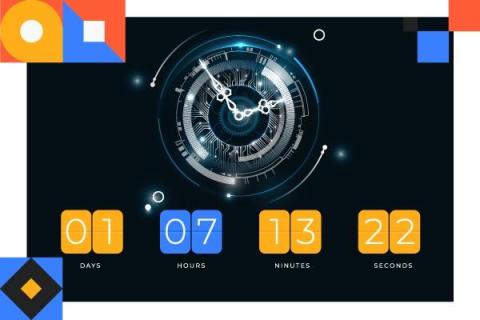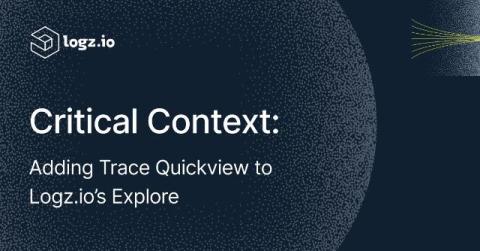Sponsored Post
Enhanced Monitoring for Citrix Environments
Citrix has become a cornerstone of modern IT infrastructures, particularly as organizations adapt to remote and hybrid work models. By providing secure, scalable solutions for delivering virtualized applications and desktops, Citrix enables businesses to centralize their IT operations while ensuring employees can access the resources they need from any location. Key solutions, such as Citrix Virtual Apps and Desktops (VAD) and Citrix Application Delivery Controller (ADC), empower organizations to manage virtualized workloads efficiently, regardless of the underlying hardware or cloud environment.











